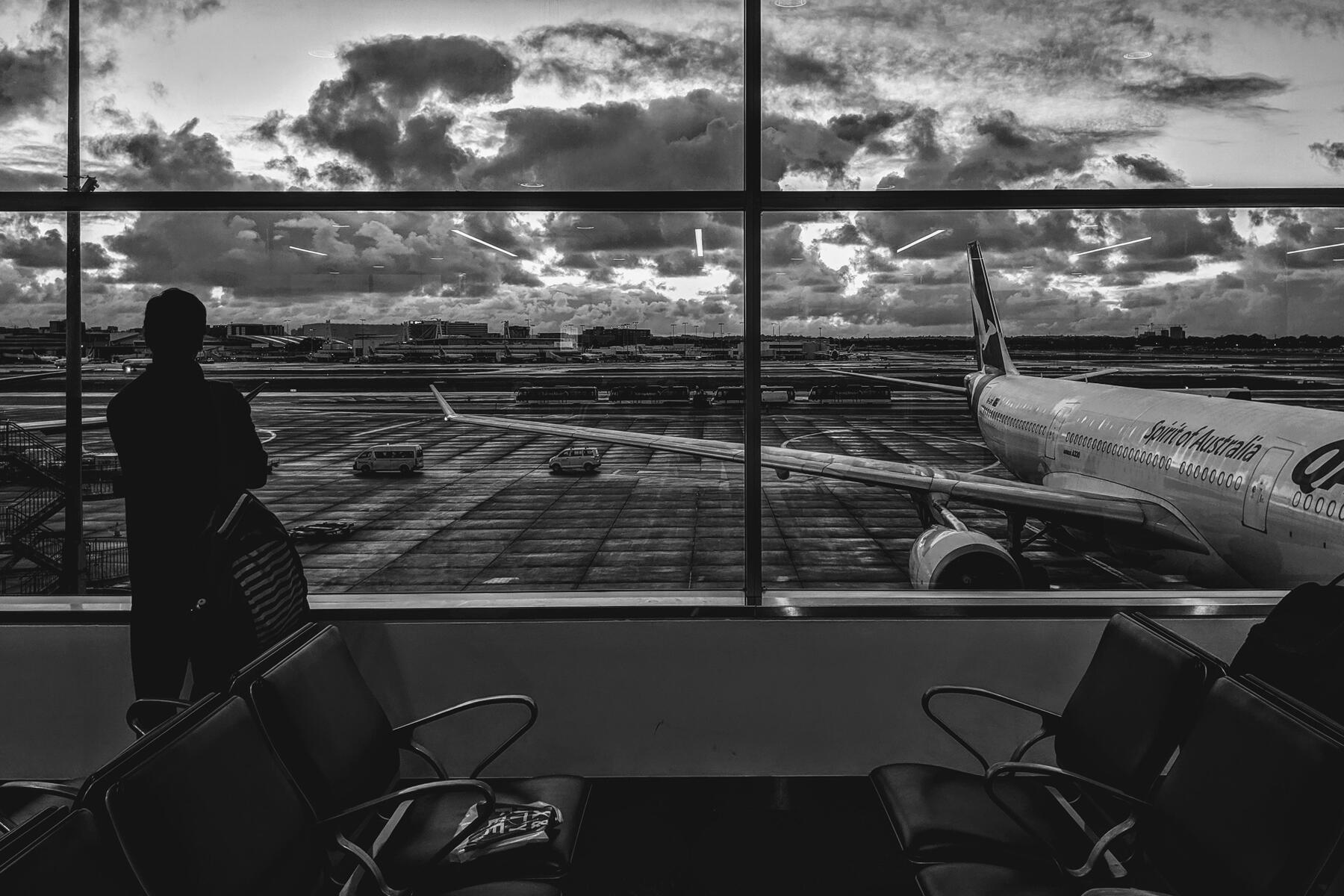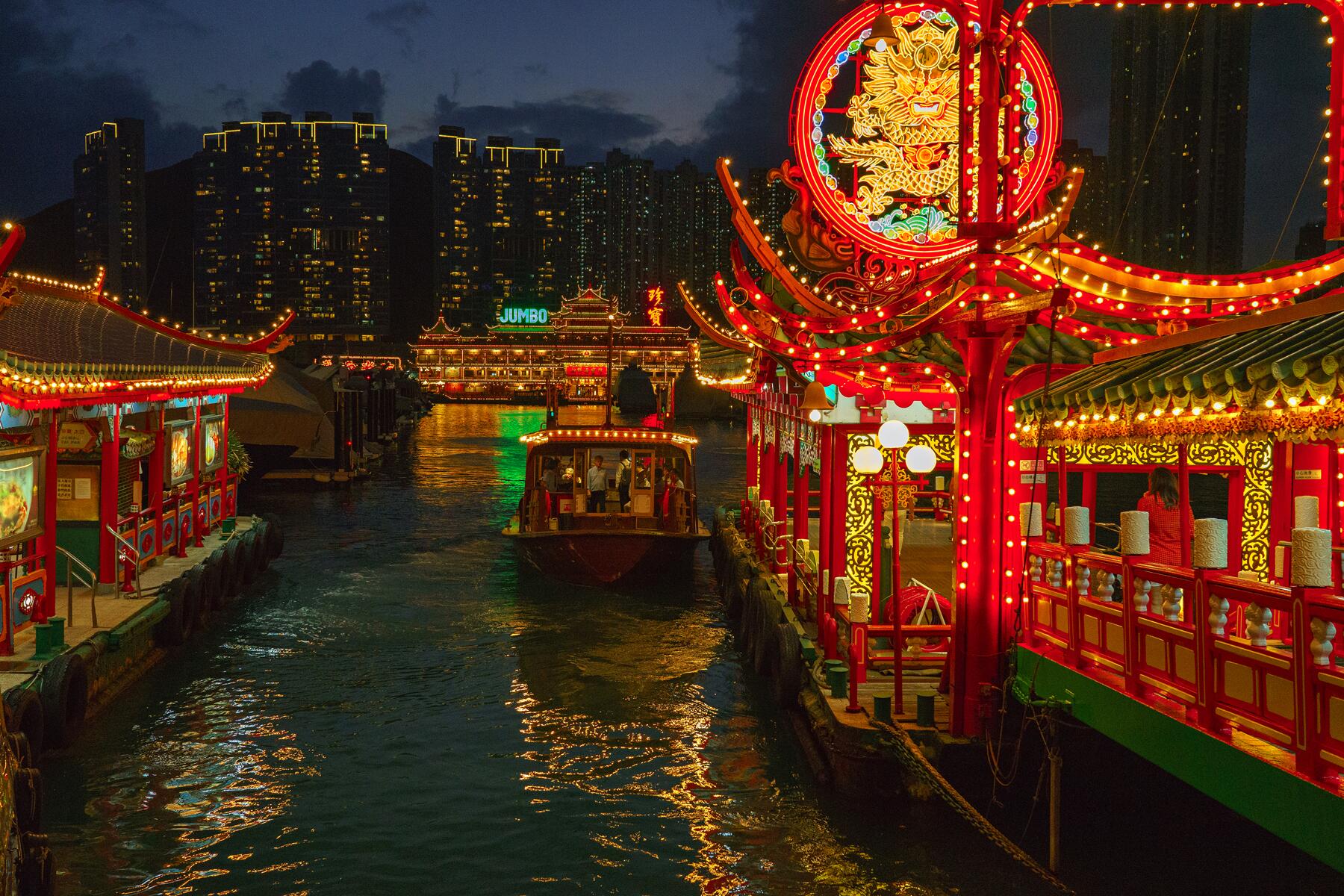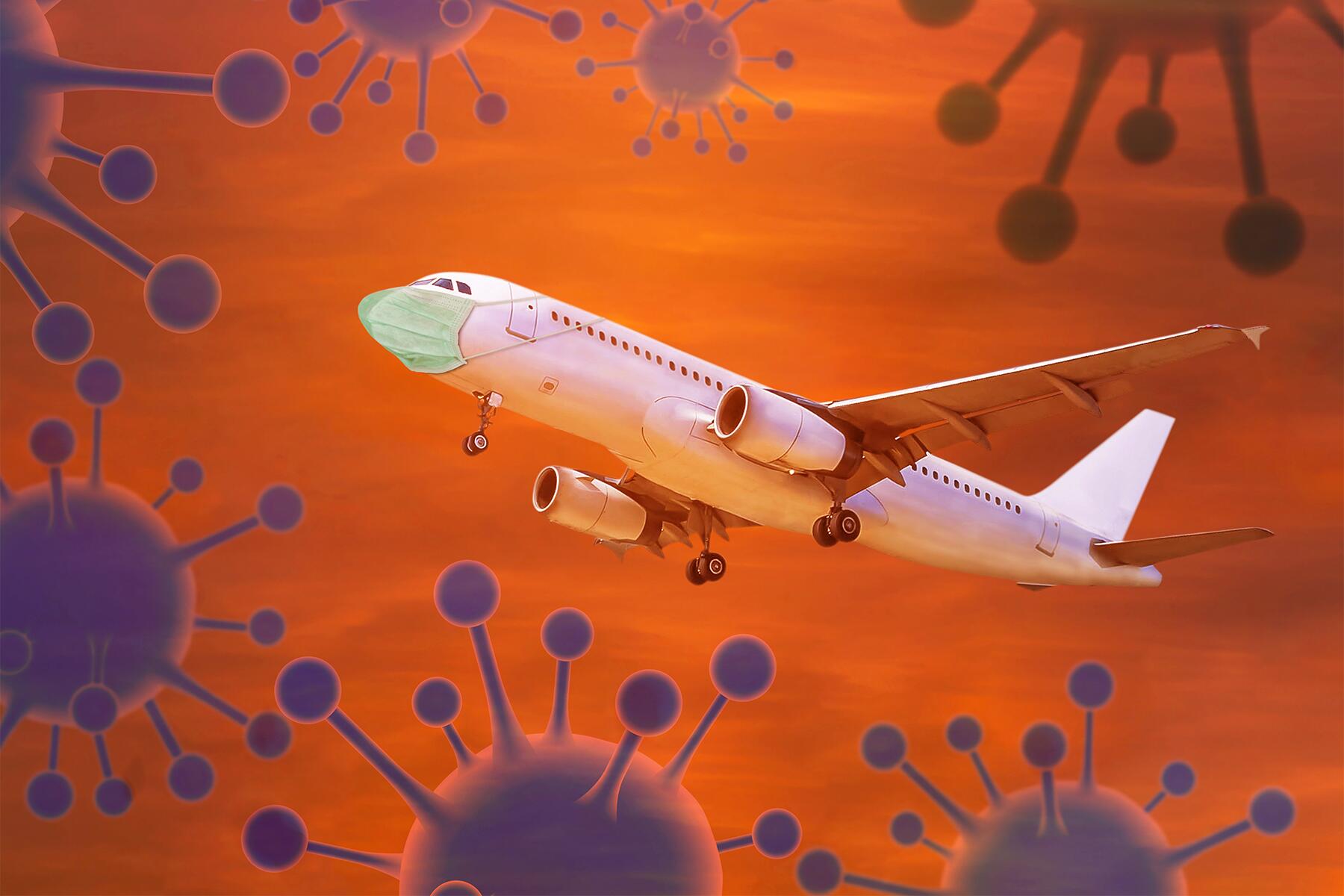In early March, I disembarked a cruise ship at the Port of Los Angeles, gleeful to have survived what I already knew would be my last cruise in a long while.
Cruising to a balmy climate has become my winter ritual over the last decade, and this year was no exception. This spring, for eight full days, I found myself aboard a cruise ship, avoiding the elevator (there are germs on those buttons!) like a champ, toning my calves as I strode the stairs from my cabin to the adults-only poolside lounge, and shying away from the buffet at peak hours (do you know how many people touch the serving utensils?). This was a point when we weren’t yet, as a culture, wearing masks and gloves—I used my shirt’s sleeve to open doors, and I only used my cabin’s bathroom–none of the public ones.
When cruises open back up again for sailing, some things are going to have to change, particularly on these massive ships that pack thousands of sailors aboard each voyage. Cruises have always been breeding grounds for illness, whether it’s COVID-19 or norovirus, and the last place you want to get sick is at sea where you’ll be—pardon the pun—untethered from your friends, family, personal doctor, and your own bed.






As a solo traveler, one of the greatest plleasures is to join larger tables and meet other guests. If that is taken away, I wil likely not cruise again. (I have taken some 20 or more cruises}